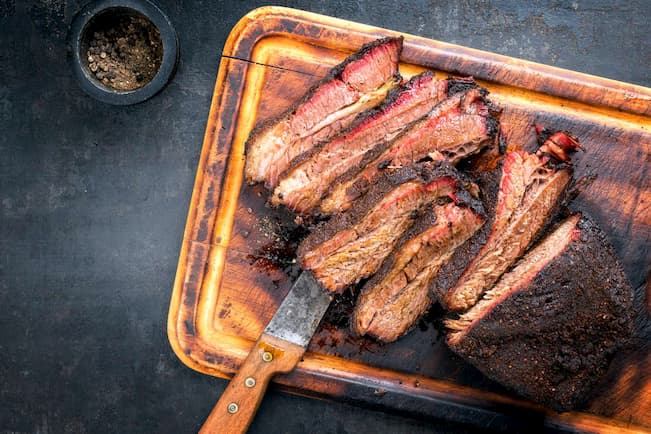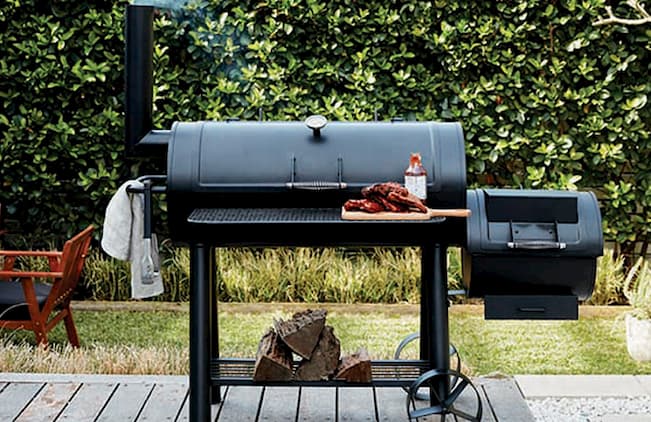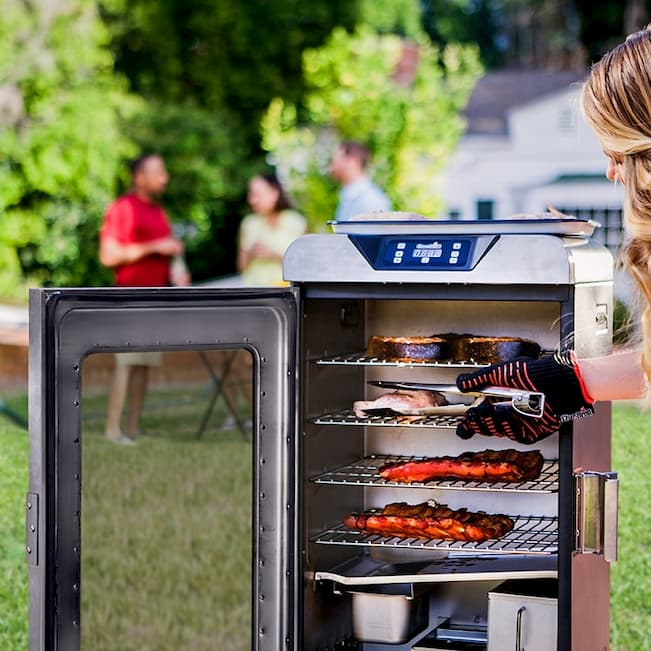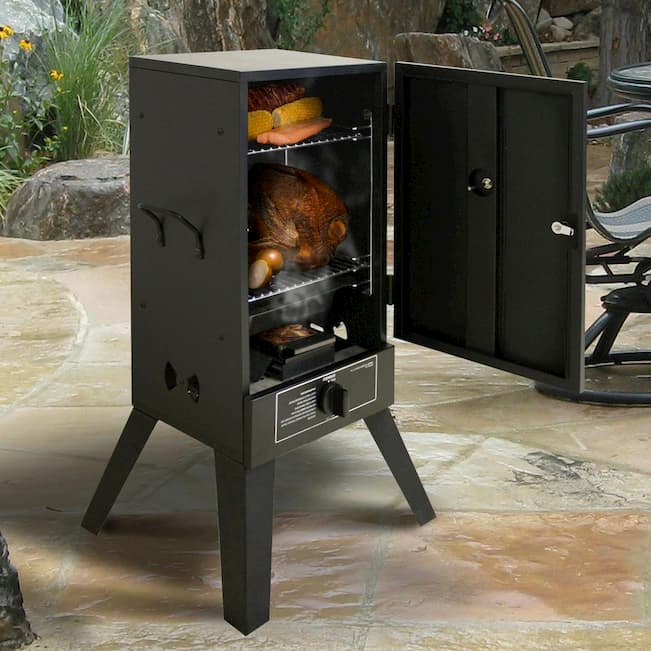One thing that all backyard parties have in common Australia wide is the grilling. Grilling meat is a great way to prepare delicious food but an even better way is by smoking meat.

BBQ smokers give meat this distinct and rich flavour that can’t be matched by grilling or any other method of cooking food. The smell and appearance of the meat are also unique since there is a lack of moisture. Cooking food low and slow, which is what backyard smokers do, is actually good for your health since it makes the meat have less fat. As long as you’re smoking raw unprocessed meats, you will get a healthy dish every time.
Does smoked meat sound like something you want to impress your guest on your next BBQ party? Read on to learn some pro tips about choosing and using a barbeque smoker.
What Should I Look for in a Smoker?
Types
When browsing the wide range of barbeque smokers, you’ll discover that they can be fueled by one of 4 different ways: charcoal, electric, gas, or pellet. Charcoal smokers are the best when it comes to providing an authentic flavour and the most affordable too. But guess what, they are not very good for the environment.
Electric barbeque smokers are the most convenient since they do not require chopping wood or a lot of prepping – just turn a knob and you’re good to go. However, these smokers don’t provide as good of a flavour.
Gas smokers are eco-friendly (if using propane) and are super easy to use with good heat transfer. Pellet barbeque smokers do burn wood but they are powered by electricity. These are a mix between charcoal and electric smokers since they provide the flavour from charcoal smokers and the convenience of electric smokers.

Construction
The smallest of things can affect your smoking experiences and the effectiveness of your smoker, so make sure your new unit has a sturdy construction. The thickness of the smoker as well as they sturdiness of the legs, wheels and hinges will tell you a lot about the unit. Also, check how tightly the doors and dampers close on a smoker.
Temperature & Heat
The temperature range is essential since it dictates what you will be able to smoke. Make sure your smoker comes with a temperature gauge so its easier to tell when you’ve reached your desired temperature level. A thermostat is always a good addition too since it will allow you to control the internal temperature.
Even heat is what your smoker should provide at all times. This is where the grate comes into play. A thinner grate will allow more heat to reach the meat more evenly than a thicker one but it won’t last as long.

Safety & Dampers
A BBQ smoker should be as safe as it is efficient. Ensure that your new unit is safe for pets and children. For example, if it has wheels make sure they lock and if its electric, make sure that the electric parts are well protected from the elements. If you go for charcoal or wood smokers ensure that the dampers (what control oxygen supply) are easy to control and in close reach.
Do You Clean Your Smoker After Every Use?
A BBQ smoker should always get cleaned from grease and ashes (if you have a charcoal or wood smoker) after every use. You also need to do a deeper cleaning now and then and re-season it to prevent rusting and maintain its oily and smoky surface. Here are some cleaning tips to have in mind.
Routine Cleaning
- After each use let the ashes fully cool down and get rid of them in an airtight container as otherwise, they can make your smoker rust. Wipe clean surfaces that have sauces and marinades spilled on them with a warm damp cloth. You need to brush off the grates too and then clean them with a nylon bristle brush.
- Use a small 10 cm putty knife to get rid of grease or pieces of food left over in the cooking chamber. If you see spots with rust on them, make sure to buff them out with steel wool and then re-season them with high temperature cooking oil.

Deep Cleaning
For the once in a while deep cleaning you’ll need to start off with a clean burn to get rid of any residue and make it easier to clean the smoker. Prep your smoker and turn it on with the vents open. Ensure that the smoker is in a safe spot away from flammable materials. Once it reaches its highest temperature let it cool down.
Once the smoker has cooled down, wash it with warm water and use a degreaser, then thoroughly rinse it and let it air dry. If there are rust spots treat them with a wire brush to remove pitting or deep rust. Then, burnish them with fine sandpaper meant for steel or metal wool until you remove the rust. If you find rust spots on the outer surface of the smoker just spray them with high-temperature paint.
























